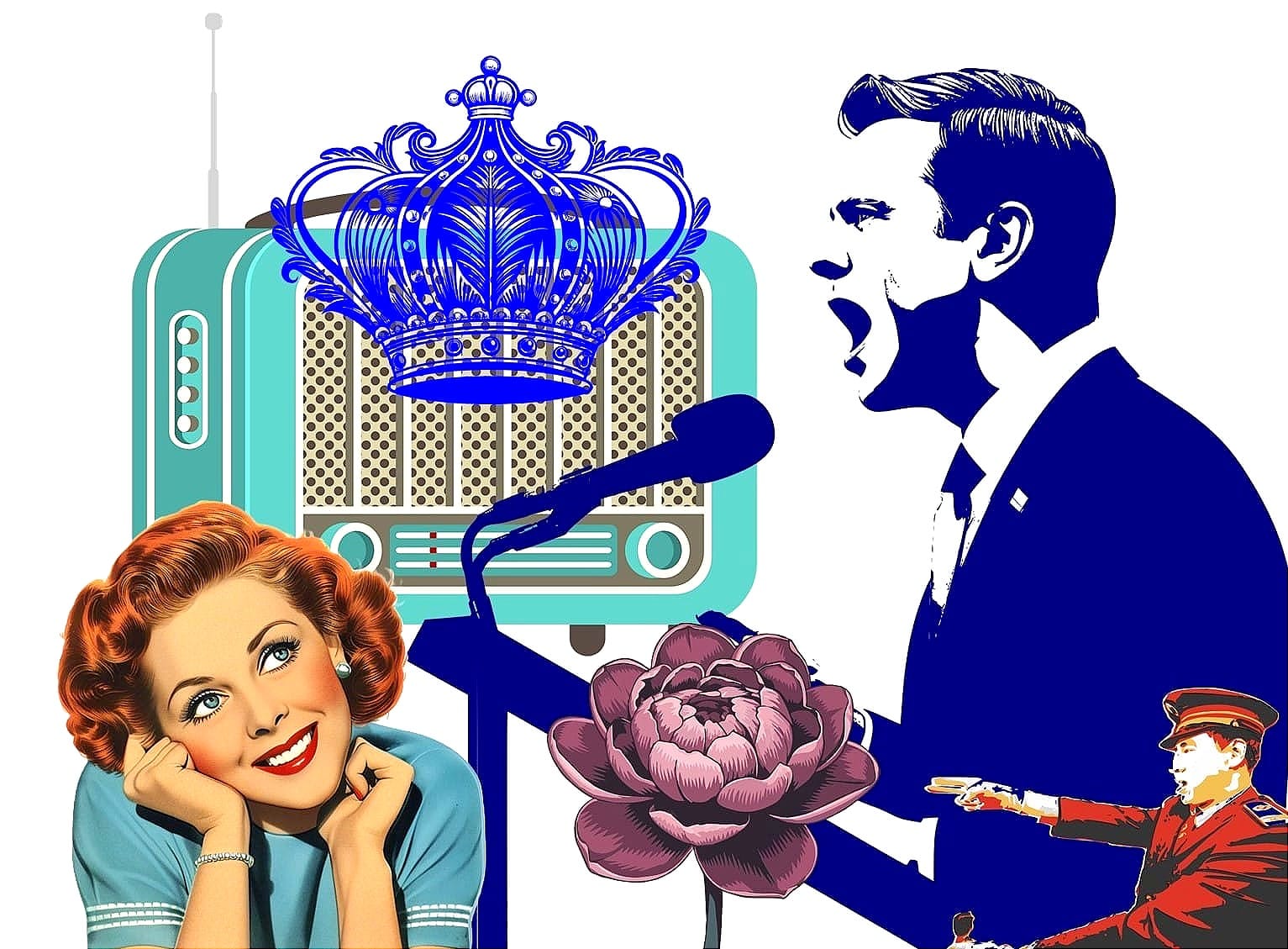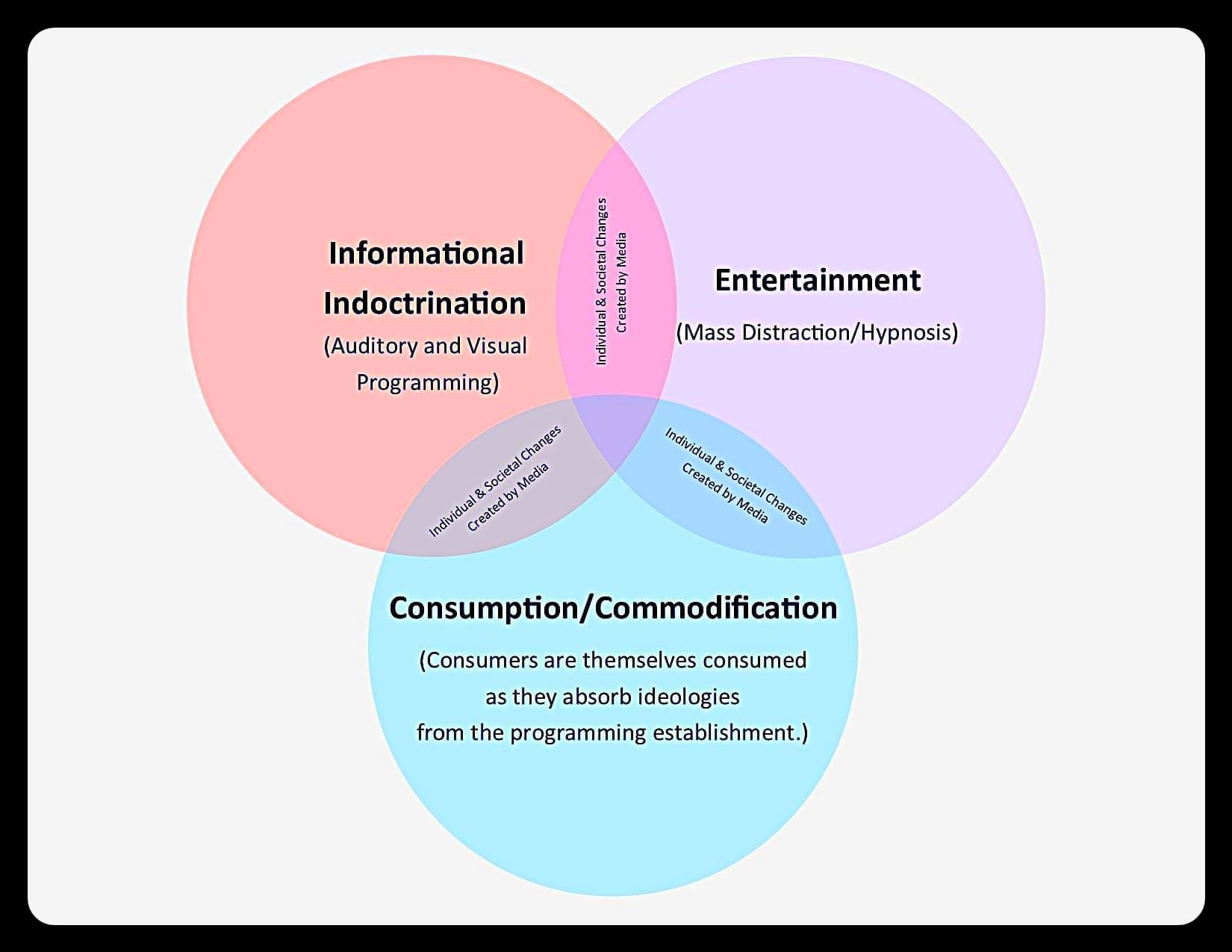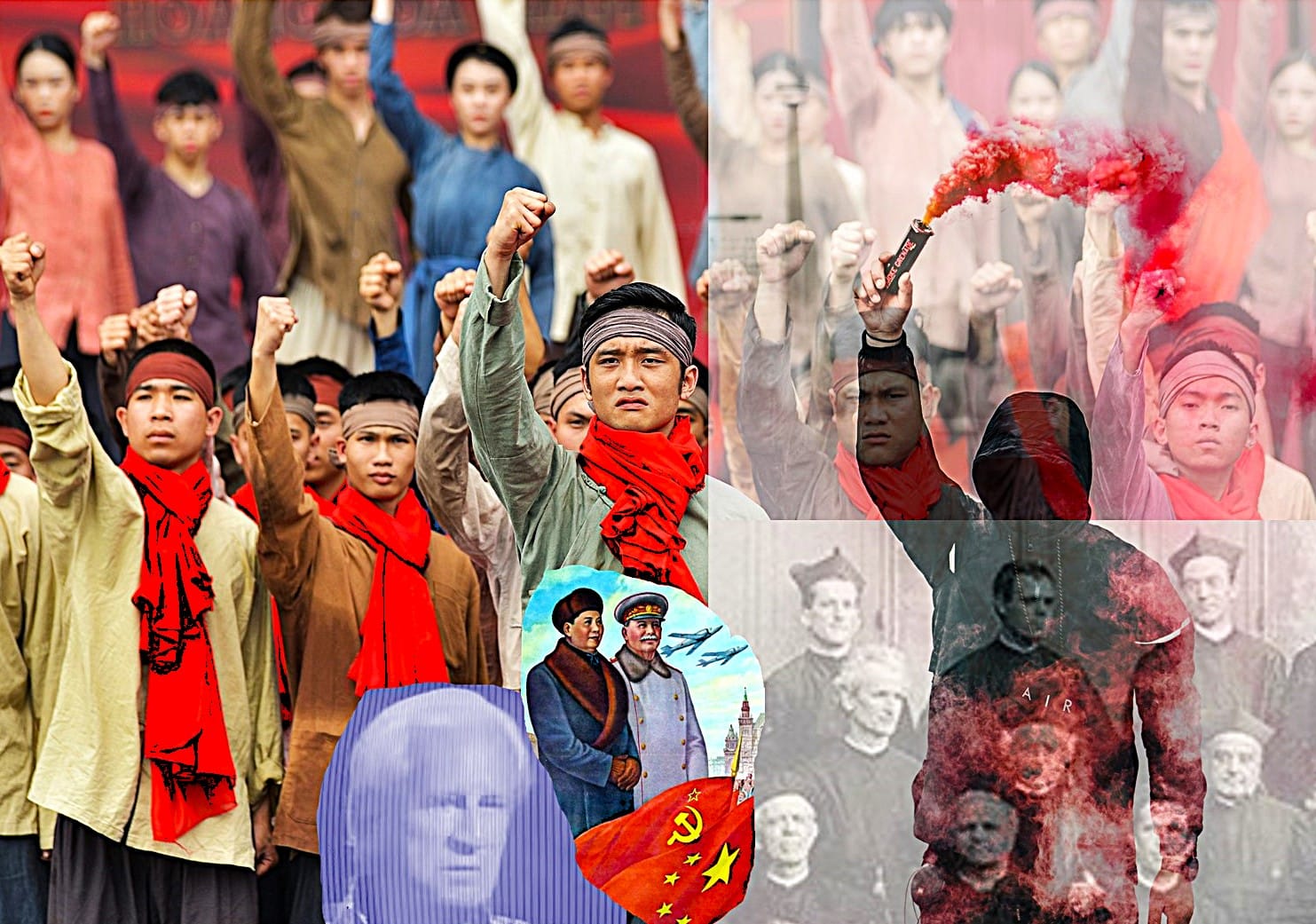Social Media = Social Engineering: A Few Reflections on the Way of Things

The moment was easily forgotten, of the kind that elicits a disapproving glance or an awkward pause in conversation before fading into memory. However, I chose to retain it as a warning. Once, in the midst of a television interview, David Rockefeller sneered proudly and stated that we were poised to have a world government, whether or not people liked the idea, something more centralized than the United Nations, with a far greater reach into the workings of society. The agenda was nonnegotiable. Presumably, as one who occupied the pinnacle of wealth and influence, Rockefeller knew whereof he spoke. At any rate, we must consider how people are being conditioned to accept the coming system, about which we were warned. In my estimation, it all begins with a certain form of social engineering, a whisper of light issuing from smart phones across the world, filling every mind with unending torrents of stimuli.
Arguably, most societies have engineered the daily lives of their people, ensuring that belief systems align with elite agendas, keeping the greater part of humanity cold and hungry with little hope for the future. Needless to say, however, the level of control has only increased with the passing centuries, reaching into life at the molecular level, no less. But regardless of how complex control measures become, we can see age-old methods at work behind the scenes. If you wish to subjugate the generations, spellbind people with the spectacles of rulership and keep them embroiled in wars and confused by disinformation.
Broadcast News and the Rise of Corporate Influence

Parades and ritual invocations are used less often now, being a bit passé in the face of high technology. In modern times, we are mainly subjected to the vision of leaders via television, radio, and social media messages, bits of propaganda that trickle into daily experience like so many drops of poison. Promises--and sometimes outright lies--that speak to targeted audiences are repeated ad nauseum until the desired results are achieved. This practice is not new and has a complex history, some of which pertains to our current reflection.
During the 1980s, television began to rise as a vehicle of influence, and two important developments took place. First, programmers--aka the corporate bigwigs of network television--began to focus their attention on working class and low-income viewers, presenting blue collar situation comedies and talk shows. And with this practice, they transformed audiences into consumers of modern culture, processed food products, and most importantly, a host of political ideologies. Second, we must consider the Fairness Doctrine of 1949 which was repealed in 1987 during the Regan administration. Under this policy, the Federal Communications Commission (FCC) had required all broadcast licensees to present important social and political issues and to provide equal time for all viewpoints. In 1987, the policy was eliminated.
Taken together, these changes were pivotal; a shift in power was happening, as public broadcasters began to share the airwaves with cable networks and the influence of corporations. Here, we digress momentarily to consider a side note: When power moves back and forth between public and private spheres of influence--and regulatory policies are eliminated--fascism rises and begins to supplant democratic institutions. The process is subtle but very powerful.
What we might call the objectification (or outright commodification) of audiences became standard practice, and the various functions of media began to overlap and augment one another in impactful ways. "Infomercials" and "infotainment" began to blur the line between useful information and pure spectacle. Carnivalesque forms of distraction called "talk shows," which addressed political and social topics of the day, also became popular during the 1980s. What they all had in common was the force of compelling personalities, Rush Limbaugh, Geraldo Rivera, and Oprah Winfrey remaining familiar even as the twenty-first century advances.

For the first time in human history, one could stare into a box of moving pictures to learn about the lives of others; hearing first-hand from distraught marriage partners; meeting people who endured illness and disability with grace; and hearing from political pundits who resorted to mockery when intelligent discourse failed them. On many levels, lurid fascination prevailed during the 80s and early 90s. The key to success for programmers involved creating a false sense of human connection. White conservatives viewed Rush Limbaugh as a neighbor and friend who voiced their frustrations, while Oprah became the confidant of lonely housewives throughout the nation. During the 80s, television and radio "programs" created the illusion of intimacy and trustworthiness, this in order to shape their audiences and sell them new ways of thinking.

In revolutionary fashion, viewers were programmed from morning till night, their experience of life mediated by electronic devices, the television becoming something of a household altar. Through this process which was, to some extent, a continuation of cultural Marxism, the public became a commodity for programmers to shape and, in turn, re-sell to advertisers. In no small measure, part of that process involved creating highly polarized leftists on one side and reactionary conservatives on the other, both spectrums embracing their respective leaders with great emotional fervor rather than critical thinking.
The next logical step was to take the supreme electronic mediator, the television, and create a new version that could be transported by each member of society, becoming an extension of the body. Indeed, with the advent of "smart phones" everyone began to carry a tracking devise that could monitor their whereabouts, gather data on their metabolic processes, guide them in purchasing goods and services, mediate their business and social interactions, propagandize them with "news feeds," and provide companionship as they ride the subway or sit in lunchrooms. Whereas the power structures of antiquity captured hearts and minds through more formalized rituals--as well as warfare, of course--today's leaders have a different method; they establish legitimacy through a constant bombardment of electronic coercion.
In Conclusion
The point of this brief reflection is to restate what is commonly known with a sense of urgency, declaring that we must somehow emerge from the engineering mission of social media if we are to reclaim the better part of our humanity; hearts that feel compassion towards others rather than indifference; minds that communicate directly with compelling words rather than fractured images; political points of view informed by logic and evidence rather than the emotions of propaganda are essential.
As corporations gather every last drop of water and patch of dirt for themselves, and centralized control over life continues, we can see the fruition of longstanding plans; it’s the path to a world government about which we read in Zephaniah 3:8 of the King James Bible. Salvation in the Lord Jesus Christ is the only solution to a problem of prophetic magnitude—whether or not people like that idea.
As the world becomes a hodgepodge of information, deceptions, and surveillance, we can stand back and see the broad view. Social media was created for harm rather than good, but we can use it to retain freedom as tyranny becomes the order of the day--if we remain mindful and courageous enough to resist coercion.
For Further Study:
The history of the Fairness Doctrine deserves its own examination, beyond the realm of reflection, the reasons for its creation being quite relevant today. With that in mind, I have included some additional information.
Fifteenth Annual Report for the Federal Communications Commission (1949)
This document of 168 pages can be downloaded from the FCC website. Pertaining to the year of the Fairness Doctrine's inception, it provides a useful historical context from which to regard the policy. For those wishing to gain insight into the FCC's role, this is an excellent place to begin.
On page 29 of the report, we learn about the endeavors of "broadcast regulation."
1. GENERAL BROADCAST REGULATION One of the major activities of the Commission is the general regulation of radio broadcasting-now visual as well as aural. This regulation is largely technical in nature. It involves determining the frequencies to be allocated to different broadcast services; establish ing engineering standards and other rules governing transmission; authorizing individual stations to operate on specific frequencies with prescribed power; and exercising licensing functions in passing on applications for construction permits, renewals and modification of licenses, and applications for transfer and assignment of licenses. Broadcast matters are a major consideration in international conferences and agreements; also in litigation and administration.
This passage shows just how vast the reach of the broadcasting regulators was (and is), governing the airwaves within which all Americans live and move and have their being, so to speak. We can learn a bit more by reviewing the section on applications for broadcast licenses. (p. 30)
Section 308 (a) of the Communications Act provides that the Commission may grant licenses, renewals of licenses, and modifications of licenses only upon written application therefor received by it." Consequently, a large portion of its broadcast work involves the processing of applications by existing and prospective broadcasters.
This passage brings to mind quite a bit for future research. In particular, it would be fascinating to learn how the rise of corporate influence allowed private agencies to circumvent federal broadcasting standards and how, in the years following the demise of the Fairness Doctrine, balanced reporting eventually gave way almost entirely to polemics.
As for "perception management," much can be learned from the FCC archives.
When Disinformation Arises: On the Events of 1938
The responsibility of broadcasters is a vast and complex subject, well exemplified by the "War of the Worlds" program narrated by Orson Wells in 1938, the fake alien invasion that caused more than a little panic among listeners. Could any such thing ever happen again, now that people are so technologically advanced and connected to the world via their electronic devices? I wonder (insert smile). Anyway, I've included links to letters written by Paul Morton (and J. V. Yaukey) to the FCC regarding the famous 1938 broadcast. Their commentary serves as relevant primary source material, available on the National Archives website.
When we consider the scope of radio transmission, the duty of broadcasting agencies and, no less, the rise of electronic media, we must take a moment to consider the wider context; these technologies are always with us--hiding in plain sight--and were never intended for our enrichment but to allow greater control over our awareness, to define our beliefs, and to guide our behaviors. Thus, we can conclude with sound justification that social media = social engineering.